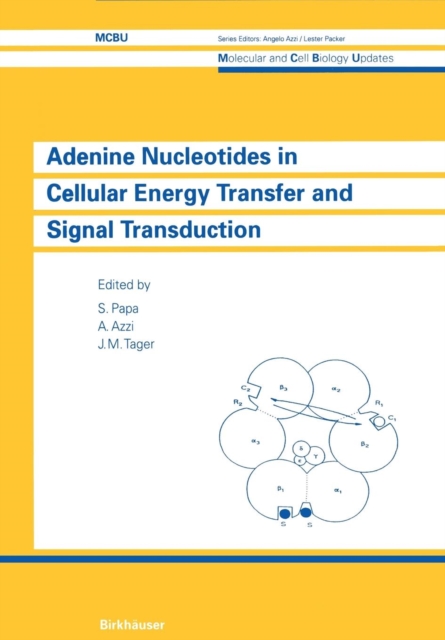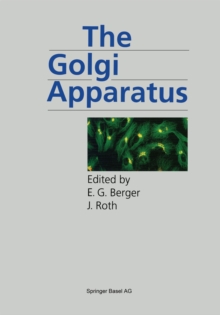
Adenine Nucleotides in Cellular Energy Transfer and Signal Transduction : UNESCO Paperback / softback
by Papa, Azzi, Tager
Part of the Molecular and Cell Biology Updates series
Paperback / softback
Description
Adenine Nucleotides play a major role in cellular metabolism and functions, serving as high-potential phosphate transfer compounds in energy metabolism and as substrates and co-factors for proteins involved in signal transduction.
During the last few years definite advancement has been made in elucidating the molecular and genetic aspects of the enzyme involved in oxidative phosphorylation, the so-called FoFl H~-ATP synthase.
Non-invasive NMR technologies have been developed to monitor in vivo the energy level of tissues based on determination of the concentrations of adenine nucleotides, phosphate and phosphate esters.
Thus it became clear that the capacity of oxidative phosphorylation adapts itself to the ATP demand which changes continuously with the physiological state in various tissues.
This is achieved by regulation of the enzyme activity as well as by regulation of its biogenesis.
The reversible phosphorylation of proteins is re- cognised as a major regulatory mechanism in eukaryotic as well as in prokaryotic cells for cellular signal transduction and control of gene expression, cell growth, differentation and oncogenesis.
The same applies to the role played by cAMP. A further topic of growing interest concerns the discovery of the ATP binding cassette (ABC) superfamily of transport proteins which includes systems of primary importance in medicine such as the multi-drug resistance P glycoprotein, the cystic fibrosis transmembrane conductance regulator (CFTR) and the 70 kd peroxisomal membrane protein.
Finally, much attention is being devoted in many laboratories to the molecular structure and role of ATP- modulated channels.
Information
-
Item not Available
- Format:Paperback / softback
- Pages:476 pages, X, 476 p.
- Publisher:Springer Basel
- Publication Date:23/03/2012
- Category:
- ISBN:9783034873178
Other Formats
- PDF from £38.24
Information
-
Item not Available
- Format:Paperback / softback
- Pages:476 pages, X, 476 p.
- Publisher:Springer Basel
- Publication Date:23/03/2012
- Category:
- ISBN:9783034873178










